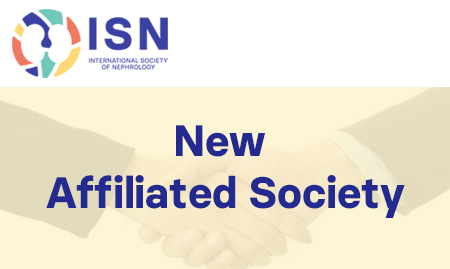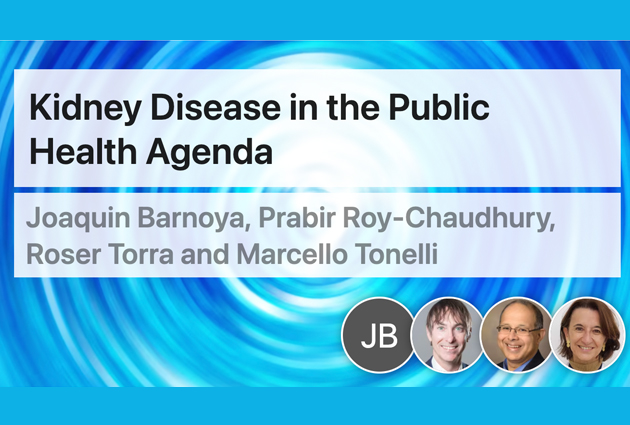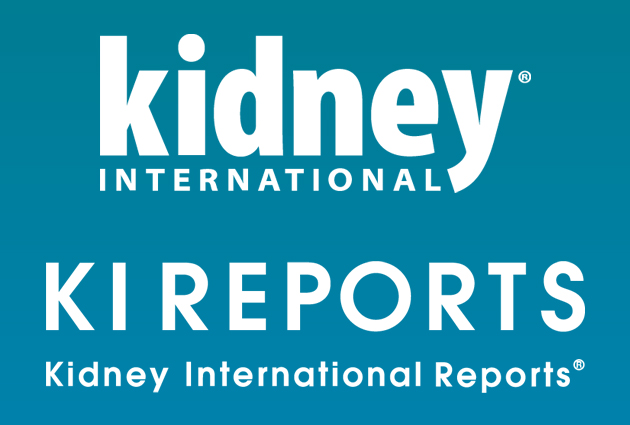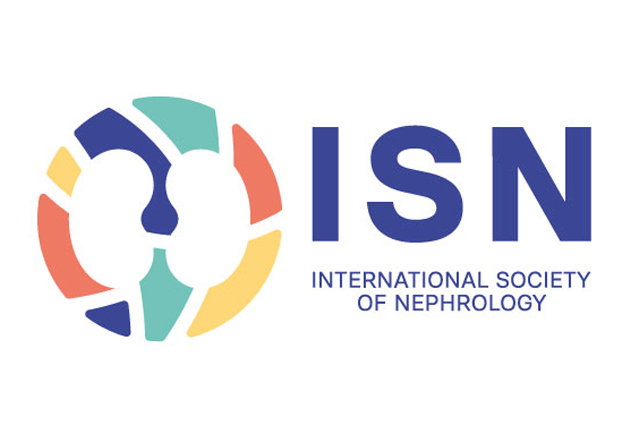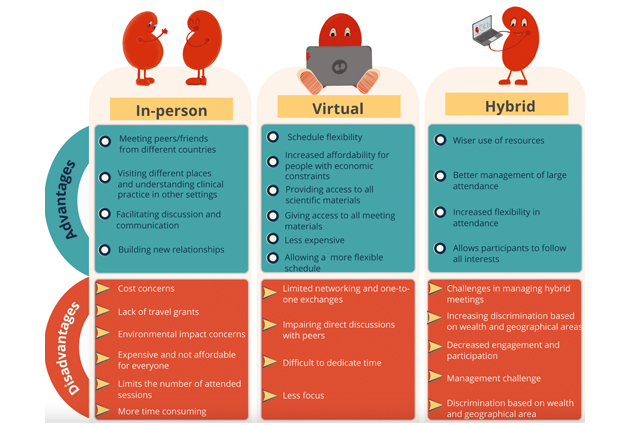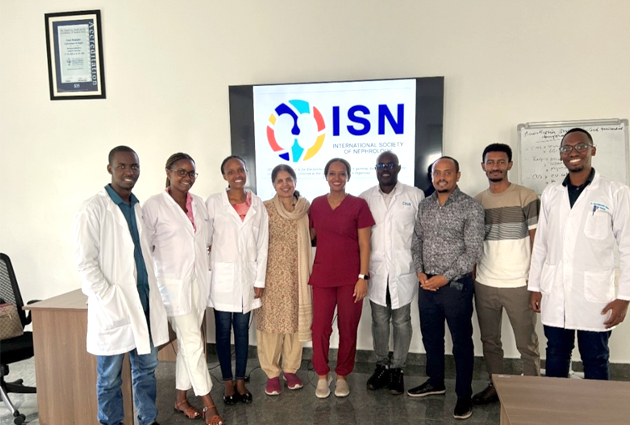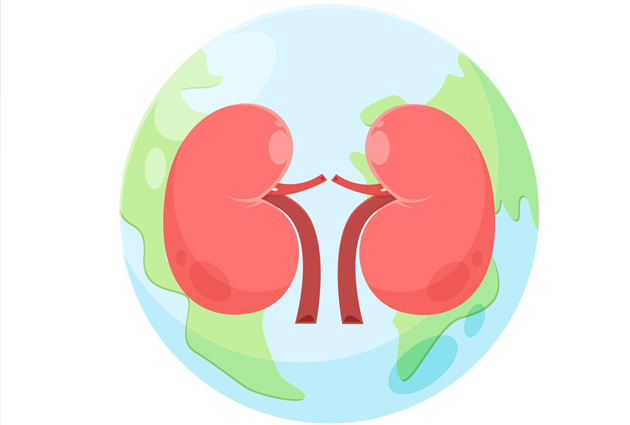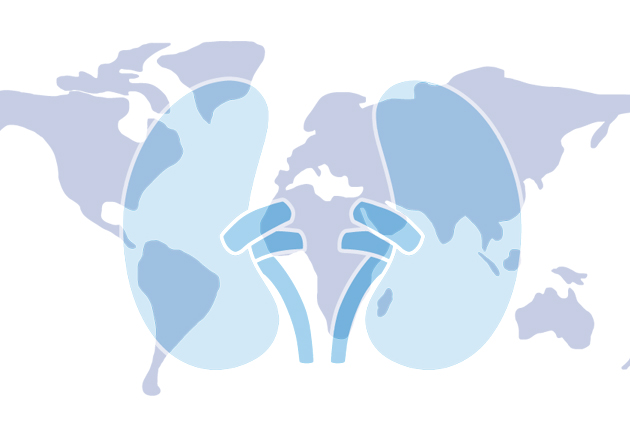The Global burden of CKD: a call for serious action
Chronic Kidney Disease (CKD) affects approximately 10% of the adult population, worldwide.
While the distribution of those receiving and not getting renal replacement therapies(dialysis and transplantation), varies by country, the incidence and prevalence of CKD are remarkably consistent globally, though not always well documented.
ISN’s latest endeavor, the ISN ‘Closing the Gaps’ initiative sets out to define the global needs and the current state of CKD care, and create a ’blueprint’ for more balanced CKD care globally, through more research,
education and advocacy.
CKD patients are more likely to die, mostly from premature cardiovascular disease, than survive to the point of needing dialysis. There are about 2.2 million people receiving dialysis globally (projected to be 5.4 million by 2030). An independent risk factor for infection, hospitalizations, cardiovascular diseases, and cancer, CKD has pervasive and permanent implications on patients’ identities, employment, relationships, and lifestyles.
The ISN ‘Closing the Gaps’ initiative complements the ISN 0by25 project, which aims to eliminate preventable deaths from Acute Kidney Injury (AKI)worldwide by 2025. It is made up of several sub-projects, including the ISN Global Kidney Health Atlas (GKHA), ISN Global Kidney Health Summit, the ISN Global Kidney Policy Forum and The Lancet Kidney Campaign.
According to David Johnson, who is leading the GKHA with Aminu Bello: “We don’t have a good handle on the burden of CKD or how health structures around the world deal with the disease.”
How is CKD treated worldwide?
There are renal registries in many but not all developed countries. They are mainly concerned with end-stage renal disease (dialysis/transplantation), few countries have registries of people with CKD at earlier stages, and many do not provide publicly accessible reports. This leaves critical gaps in knowledge of prevalence and incidence of CKD, which would help in healthcare planning for CKD patients globally.
Aminu Bello explains how the team behind the Global Kidney Health Atlas (GKHA) is collecting information and will collate it along the principles of the Universal Healthcare Coverage. “We want to create a global snapshot on the current state of healthcare financing and policies, work force distribution care delivery and information systems relevant to kidney care worldwide,” he says.
These first survey results will be followed by a second phase that gathers data on relevant CKD epidemiology (risk factors, burden and outcomes) across countries and regions.
The GKHA builds on the work of a previous ISN initiative, Kidney Health for Life (KH4L), which was a limited CKD multinational inventory in Western Europe, Canada and Israel. GKHA will create a systematic data repository using the ISN infrastructure of Regional Boards and Affiliated Societies, to summarize the structure, format and outcomes in all regions of the world.
The objective is to come up with a high-level overview of the current state of kidney care (CKD and AKI) and look at how it is organized and structured worldwide. It also aims to outline a comparative analysis and data synthesis of the trends in the burden of CKD and its attendant consequences across the world.
Finally, it will become a platform for championing the cause of CKD using the identified gaps modeled on UHC domains and build the foundation for a global CKD care surveillance network.
Visit: www.theisn.org/closingthegaps
The Global Kidney Health Atlas survey
The data for the GKHA was collated via an online questionnaire-based survey (administered in English,
French and Spanish), and grey literature review of reports published by major international agencies such as the
World Health Organization, the United Nations, the World Bank and the Organisation for Economic Co-operation and Development (OECD).
The survey was targeted at national nephrology societies, policymakers, consumer organizations such as kidney
foundations, patient organizations and advocacy groups across 126 countries. The information on each country
was provided by at least three stakeholders across the 10 ISN regions.
Continuing to raise awareness
The Lancet Kidney Campaign is continuing to be a source of monthly updates on advances in nephrology as well as expert commentaries and interviews on key health and policy issues relevant to kidney disease.
It builds on ISN’s 2015 Lancet Commission, which called for eliminating preventable deaths from AKI by 2025 and gathers research and analysis on AKI, CKD, dialysis and transplantation from across the journal’s database.


